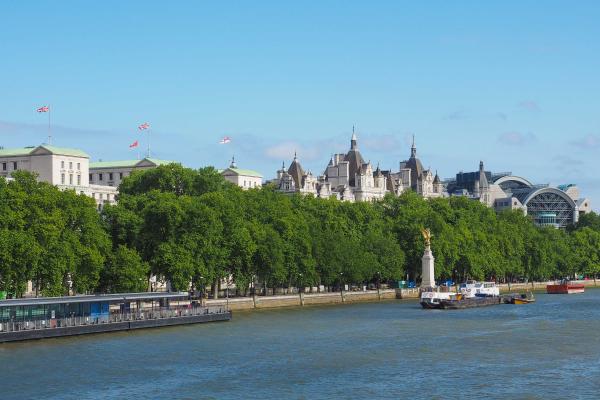Background
On 10 January 2022 the UK Government published a response document to the 'Protect Duty' public consultation which began in February 2021. The following day, the UK Home Secretary set out in a Ministerial Statement to the House of Commons the government's overall position on potential action that would aim to place a legal duty on the operators of venues to implement security measures that could protect the public from terrorist attacks. The initiative comes in the wake of the 2017 Manchester Arena bombing when 22 people were killed as they left an Ariana Grande concert. One of those killed was 29-year-old Martyn Hett, and his mother, Figen Murray, has campaigned tirelessly to get 'Martyn's Law' into force.
Ministerial Statement
The Home Secretary’s said in her statement that: 'The consultation sought the views of those organisations and venues ... as to how we can work together to develop appropriate security measures to improve public security.' She concluded: 'The Government is carefully considering policy proposals in light of the views raised in the consultation, in particular, how a legislative requirement could further improve public security, whilst not placing an undue burden on organisations which are smaller in size or staffed by volunteers, such as places of worship. Legislative proposals will be taken forward when Parliamentary time allows.' Hence, no action can be expected imminently.
Consultation Responses
The government’s consultation found that seven in 10 of the 2,755 respondents agreed that those responsible for publicly accessible locations should take appropriate and proportionate measures to protect the public from attacks. This included ensuring staff were trained to respond appropriately. There was also agreement that measures should be proportionate to a venue's size, with smaller organisations not facing the same requirements as larger ones.
Resilience First was one the respondents to the consultation, following meetings of members to draw up a response, as well as crafted letters to the Minister (at the time, Rt Hon James Brockenshire MP) offering thoughts and help. (See also Martyn's Law: A protect duty for public venues | Resilience First and Protect Duty | Resilience First).
In our response to the consultation, we made six separate points around Applicability (to all threats), Organisations (size), Capacity (of venues), Compliance (of the rules), Community (role), and Proportionality (of risk assessment). It is reassuring to see many of our points have been echoed by others, namely:
- 'Fifty-eight percent of respondents considered that there should be no exemptions from the Duty (other than those proposed for certain transport sectors where similar legislation already applies).'
- 'Participants generally tended to agree that larger organisations (250+ employees) should be included in scope compared to smaller organisations, with very few considering micro-organisations (1-9 employees) to be within scope.'
- 'Over half of respondents considered that a threshold of 100 persons or more should determine venues in scope of the Duty. The mean of all suggested capacity thresholds was 303 persons.'
- 'Half the respondents were in favour of an inspectorate that would identify key vulnerabilities and areas for improvement, as well as share best practice. There was also an even split of those who were supportive of the use of civil penalties to ensure compliance.'
- 'Of existing local authority functions which assist in realising protective security and organisational preparedness outcomes at public spaces, health and safety, fire safety and building control processes, Safety Advisory Groups (for events), and Community Safety Partnerships were considered to be of greatest current value.'
- 'Half of respondents that operate or own a publicly accessible location currently undertake a risk assessment to consider the threat of terrorist attack. These are reviewed most commonly multiple times or once a year.'
- '... such measures would be welcomed, as a 71% majority of respondent’s stated that they support appropriate and proportionate measures to protect the public at public locations'.
However, there is little indication from the response document or the Ministerial Statement that the integration of wider threat measures, alongside counter-terrorism measures, would be included in the Protect Duty. A final point in Annex A (additional consultation issues) asks: 'Should the Duty be linked to broader considerations than terrorism, for example to encourage greater resilience, cyber security and crime prevention?' This seems a missed opportunity. For many business owners, especially small- and medium-sized businesses, the threat type is secondary to the impact upon the business. A knife is a knife (whoever holds it) and an evacuation is a disruption (whatever the cause).
As Lord Harris and Sir David Veness said in a letter to the Minister on 29 May 2020 '... whatever form the Protect Duty legislation may take it remains a high priority but progress should be conducted on a wider canvass than one solely geared to counter-terrorism. It should involve health, safety and security in combination, be relevant to all spaces where people gather (aligned with social distancing) and be with only the minimal cost overheads.'



